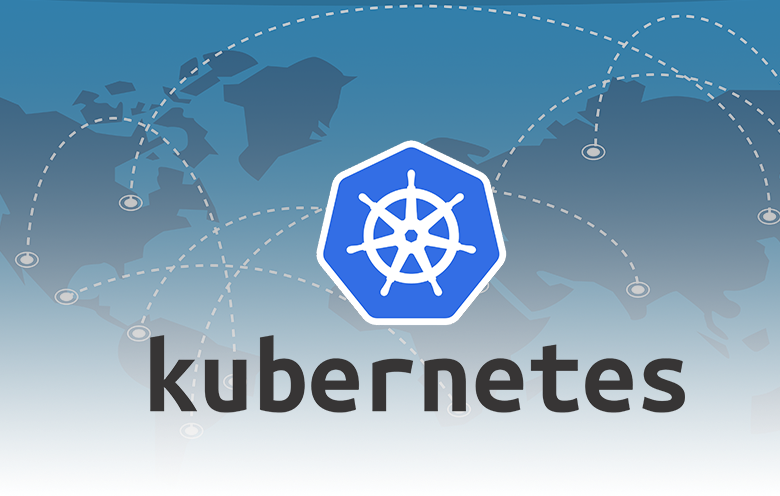Introduction
Kubernetes has become the de facto standard for container orchestration, enabling organizations to deploy, scale, and manage containerized applications efficiently. However, with great power comes great responsibility—misconfigurations in Kubernetes can lead to severe security risks, exposing sensitive data, enabling lateral movement, and even allowing full cluster compromise.
One of the most critical security issues in Kubernetes is insecure pod deployments, where improperly configured pods provide attackers with unauthorized access, privilege escalation, and control over the cluster.
In this in-depth guide, we will explore:
- Common Kubernetes misconfigurations that lead to insecure pods
- Real-world examples of attacks exploiting these misconfigurations
- Best practices to secure pod deployments
- Tools and methodologies for detecting and fixing insecure configurations
By the end of this article, you will have a comprehensive understanding of Kubernetes pod security risks and how to mitigate them effectively.
What Are Kubernetes Misconfigurations?
Kubernetes misconfigurations occur when cluster administrators, developers, or DevOps teams apply insecure settings that weaken the security posture of the cluster. These misconfigurations can affect:
- Pods & Containers (privileged mode, hostPath mounts)
- RBAC (Role-Based Access Control) (overly permissive roles)
- Network Policies (lack of segmentation)
- Secrets Management (hardcoded credentials, insecure storage)
Among these, insecure pod deployments are one of the most dangerous because they directly impact the runtime security of applications.
Common Pod Misconfigurations That Expose Clusters
1. Running Pods in Privileged Mode
Risk: Containers running with privileged: true gain unrestricted access to the host system, allowing attackers to escape the container and compromise the node.
Example Attack Scenario:
- An attacker exploits a vulnerable application inside a privileged pod.
- They break out of the container using kernel exploits (
dirtypipe,dirtycow). - Now they control the underlying host and can pivot to other nodes.
Mitigation:
- Avoid
privileged: trueunless absolutely necessary. - Use
securityContextwith limited capabilities (CAP_NET_ADMIN,CAP_SYS_ADMINonly if required).
2. HostPath Volume Mounts
Risk: Mounting host directories (/var/run/docker.sock, /etc/) allows containers to manipulate host files, leading to container escape.
Example Attack Scenario:
- A pod mounts
/var/run/docker.sock. - An attacker inside the pod interacts with the host’s Docker daemon.
- They spawn new containers with host privileges.
Mitigation:
- Avoid
hostPathmounts when possible. - If required, restrict access to read-only (
readOnly: true).
3. Default Service Account with Excessive Permissions
Risk: Pods automatically mount the default service account token, which may have unnecessary RBAC permissions.
Example Attack Scenario:
- An attacker gains access to a pod with a mounted service account.
- The service account has
cluster-adminprivileges. - The attacker now has full control over the Kubernetes cluster.
Mitigation:
- Disable auto-mounting of service account tokens (
automountServiceAccountToken: false). - Assign minimal RBAC permissions to service accounts.
4. Lack of Resource Limits (CPU/Memory)
Risk: Pods without resource limits can cause Denial-of-Service (DoS) by consuming all node resources.
Example Attack Scenario:
- A malicious pod runs a fork bomb (
:(){ :|:& };:). - The node runs out of memory and crashes.
- Other critical workloads fail due to resource starvation.
Mitigation:
- Always define
resources.requestsandresources.limits. - Use
LimitRangeto enforce default constraints.
5. Running as Root Inside Containers
Risk: Containers running as root can modify critical files, escalate privileges, or install malware.
Example Attack Scenario:
- An attacker exploits a web app running as root.
- They overwrite
/etc/passwdor install a reverse shell. - The entire container is compromised.
Mitigation:
- Use
securityContext.runAsNonRoot: true. - Define a non-root user (
runAsUser: 1000).
Real-World Kubernetes Misconfigurations Exploits
1. Tesla’s Kubernetes Crypto Mining Incident (2018)
- Attackers exploited an unsecured Kubernetes dashboard (no authentication).
- They deployed pods for cryptocurrency mining, costing Tesla significant cloud expenses.
2. Shopify’s Internal Kubernetes Cluster Exposure (2020)
- A misconfigured
kubeletallowed unauthorized access to internal pods. - Attackers could have stolen customer data or deployed malicious workloads.
3. Capital One’s AWS Kubernetes Breach (2019)
- A misconfigured firewall rule exposed a Kubernetes pod to the internet.
- The attacker accessed 100 million customer records via an insecure container.
These incidents highlight how simple misconfigurations can lead to catastrophic breaches.
Best Practices to Secure Kubernetes Pods
1. Apply Pod Security Policies (PSP) or Pod Security Admission (PSA)
- Restrict privileged pods, host namespace sharing, and root execution.
- Example PSP:yamlapiVersion: policy/v1beta1 kind: PodSecurityPolicy metadata: name: restricted spec: privileged: false runAsUser: rule: MustRunAsNonRoot seLinux: rule: RunAsAny volumes: – ‘configMap’ – ’emptyDir’
2. Enable Network Segmentation with Network Policies
- Restrict pod-to-pod communication using
NetworkPolicy. - Example:yamlapiVersion: networking.k8s.io/v1 kind: NetworkPolicy metadata: name: deny-all-except-frontend spec: podSelector: {} policyTypes: – Ingress – Egress ingress: – from: – podSelector: matchLabels: role: frontend
3. Use Read-Only Root Filesystems
- Prevent attackers from writing malicious files:yamlsecurityContext: readOnlyRootFilesystem: true
4. Scan for Misconfigurations with Kube-Bench & Kube-Hunter
- Kube-Bench: Checks for CIS Kubernetes Benchmark compliance.
- Kube-Hunter: Simulates attacks to find vulnerabilities.
5. Implement Runtime Security with Falco
- Detect anomalous pod behavior (privilege escalation, shell execution).
- Example Falco rule:yaml- rule: Launch Privileged Container desc: Detect privileged containers condition: container and privileged=true output: “Privileged container launched”
Tools for Detecting Kubernetes Misconfigurations
| Tool | Purpose |
|---|---|
| Kube-Bench | CIS Benchmark compliance checks |
| Kube-Hunter | Penetration testing for Kubernetes |
| Falco | Runtime security monitoring |
| Checkov | Infrastructure-as-Code (IaC) scanning |
| Trivy | Vulnerability scanning for container images |
Conclusion
Kubernetes misconfigurations—especially in pod deployments—are a leading cause of cluster compromises. Attackers exploit privileged containers, hostPath mounts, excessive RBAC permissions, and weak network policies to gain control over clusters and steal sensitive data.
To mitigate these risks:
✅ Avoid privileged pods unless absolutely necessary.
✅ Enforce RBAC least-privilege principles.
✅ Use Network Policies to segment traffic.
✅ Scan configurations regularly with Kube-Bench, Kube-Hunter, and Falco.
By following these best practices, organizations can significantly reduce the risk of Kubernetes-based attacks and maintain a secure cloud-native infrastructure.

